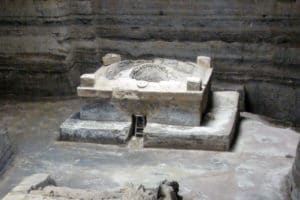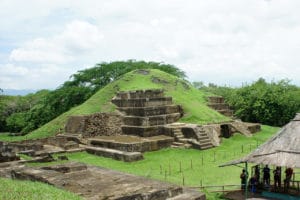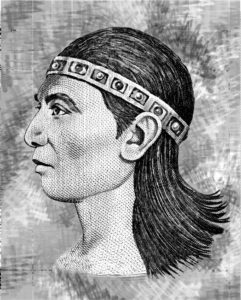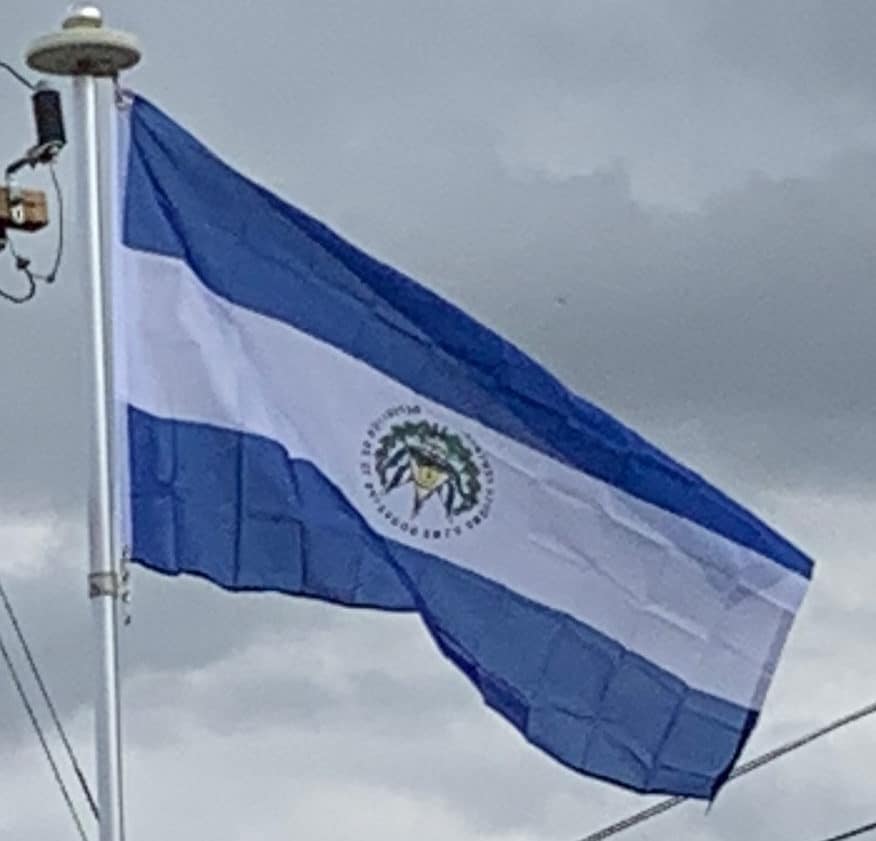
Alvarado described the Cuzcatlec soldiers in great detail as having shields made of colorful exotic feathers, a vest-like armor made of three inch cotton which arrows could not penetrate, and large spears. Both armies suffered many casualties, with a wounded Alvarado retreating and losing a lot of his men, especially among the Mexican Indian auxiliaries. Once his army had regrouped, Alvarado decided to head to the Cuzcatlan capital and again faced armed Cuzcatlec. Wounded, unable to fight and hiding in the cliffs, Alvarado sent his Spanish men on their horses to approach the Cuzcatlec to see if they would fear the horses, but they did not retreat, Alvarado recalls in his letters to Hernan Cortez.
The Cuzcatlec attacked again, and on this occasion stole Spanish weaponry. Alvarado retreated and sent Mexican Indian messengers to demand that the Cuzcatlec warriors return the stolen weapons and surrender to the Spanish king. The Cuzcatlec responded with the famous response, “If you want your weapons, come get them”. As days passed, Alvarado, fearing an ambush, sent more Mexican Indian messengers to negotiate, but these messengers never came back and were presumably executed.

The Spanish efforts were firmly resisted by the indigenous people, including the Pipil and their Mayan-speaking neighbors. They defeated the Spaniards and what was left of their Mexican Tlaxcala Indian allies, forcing them to withdraw to Guatemala. After being wounded, Alvarado abandoned the war and appointed his brother, Gonzalo de Alvarado, to continue the task. Two subsequent expeditions (the first in 1525, followed by a smaller group in 1528) brought the Pipil under Spanish control, since the Pipil also were weakened by a regional epidemic of smallpox. In 1525, the conquest of Cuzcatlán was completed and the city of San Salvador was established. The Spanish faced much resistance from the Pipil and were not able to reach eastern El Salvador, the area of the Lencas.
In 1526 the Spanish founded the garrison town of San Miguel, headed by another explorer and conquistador, Luis de Moscoso Alvarado, nephew of Pedro Alvarado. Oral history holds that a Maya-Lenca crown princess, Antu Silan Ulap I, organized resistance to the conquistadors. The kingdom of Lenca was alarmed by de Moscoso’s invasion, and Antu Silan travelled from village to village, uniting all the Lenca towns in present-day El Salvador and Honduras against the Spaniards. Through surprise attacks and overwhelming numbers, they were able to drive the Spanish out of San Miguel and destroy the garrison.
For ten years the Lencas prevented the Spanish from building a permanent settlement. Then the Spanish returned with more soldiers, including about 2,000 forced conscripts from indigenous communities in Guatemala. They pursued the Lenca leaders further up into the mountains of Intibucá.

Antu Silan Ulap eventually handed over control of the Lenca resistance to Lempira (also called Empira). Lempira was noteworthy among indigenous leaders in that he mocked the Spanish by wearing their clothes after capturing them and using their weapons captured in battle. Lempira fought in command of thousands of Lenca forces for six more years in El Salvador and Honduras until he was killed in battle. The remaining Lenca forces retreated into the hills. The Spanish were then able to rebuild their garrison town of San Miguel in 1537.
Spanish rule (1525–1821):
During the colonial period, El Salvador was part of the Captaincy General of Guatemala, also known as the Kingdom of Guatemala (Spanish: Reino de Guatemala), created in 1609 as an administrative division of New Spain. The Salvadoran territory was administered by the Mayor of Sonsonate, with San Salvador being established as an intendancia in 1786.
